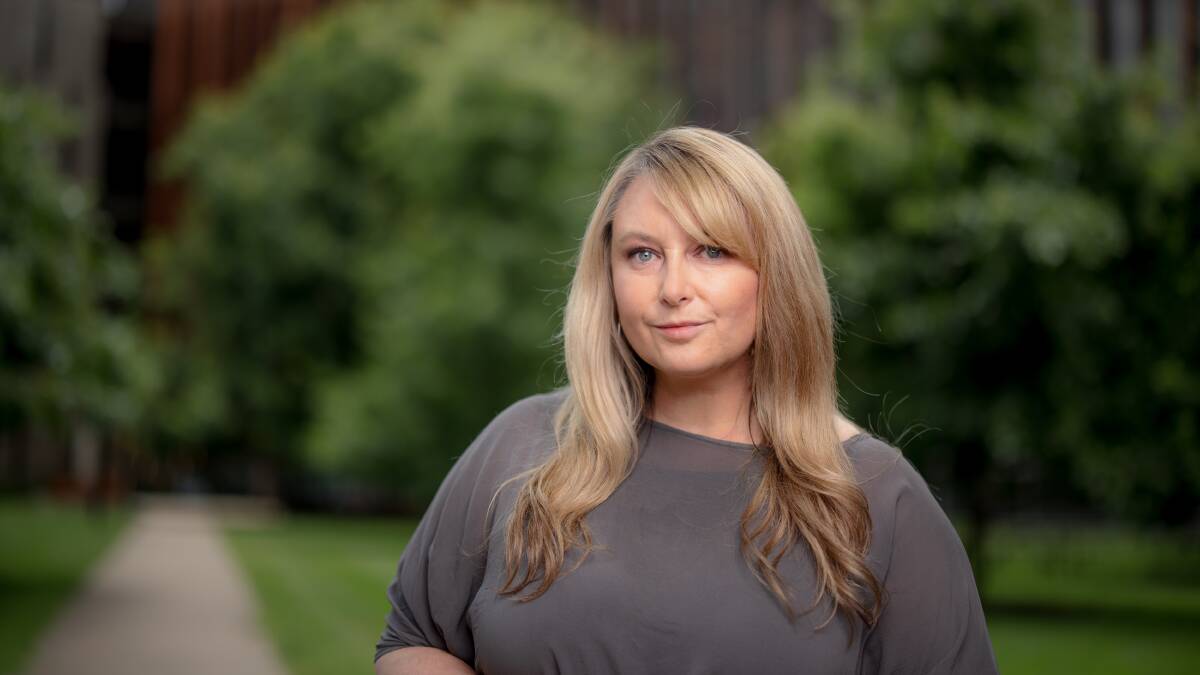
A world leader in computational science has been recognised for her service to education and medical research alongside the largest ever proportion of women to be named in the Australia Day Honours.
Of the 732 awards in the general division of the Order of Australia, 47 per cent are for women.
Australian National University school of computing deputy director Professor Amanda Barnard has been appointed as a member of the Order of Australia for her dedication to a field that is little known but impacts many.
"I thought it was a really great and timely recognition of the importance of computational science," Professor Barnard said.
"There's so many big challenging things that we're addressing as a society at the moment and I think like never before high-performance computing and computational modelling is really helping us to address them."
Professor Barnard started researching computational nanotechnology about 20 years ago. Over the years she has brought in statistical methods, machine learning and artificial intelligence to bring in more realism and complexity.
Her predictions around use of nanotechnology was instrumental in the next generation of drug delivery platforms for chemotherapy, insulin and gene therapy.
"The work that I did years ago that started me off in health applications was entirely blue sky science as certainly we didn't have an application to look for a new drug delivery platform for cancer therapies deliberately," she said.
"If I hadn't been doing the basic research it would have never have led to the knowledge that underpins the way these platforms are developed today."
Her career has taken her to the US Department of Energy at the Argonne National Laboratory in Chicago and the University of Oxford. She spent 10 years working for CSIRO and began her role at the ANU in 2020.
"This has been one of the most unexpected job transitions moving into academia at a time when we've gone through so much change but also at a time where Australia is now looking to its scientists more than more than ever before in areas such as modelling and supercomputing around COVID-19 and climate change for example."
Professor Barnard's main tool is the Gadi supercomputer at the National Computational Infrastructure at the ANU.
MORE AUSTRALIA DAY HONOURS:
- Dylan Alcott named Australian of the Year
- Meet the major award winners of the Australia Day honours list
- Canberran Valmai Dempsey wins Senior Australian of the Year
- Peter McGrath kicks an Australia Day Honours goal
- 'Our future is brighter than our past': Patty Mills uniting a nation
- Half century of sport for Vergano OAM
- Rod Sims, now Rod Sims AO, wants to fix the world
- ANU's Professor Amanda Barnard recognised in honours list
- Dewani Bakkum's service to migrants and refugees honoured
- Former chief scientist Alan Finkel made officer of the Order of Australia
- Champion for the disabled Sue Salthouse said 'yes' to every challenge
- Deepak-Raj Gupta, OAM, blazed a new political trail
- David Gruen AO stepped up as chief statistician during pandemic
- Bonnie's achievement in honour of all unborn babies
"It what I love about my instrument is it's everything I need it to be. It's a cleanroom. It's a time machine, I can predict the future with that instrument. I can work on dangerous and toxic things perfectly safely. And I have a level of control over my experiments that my colleagues in conventional labs don't."
Considering government investment in supercomputers, she has always felt the need to contribute to the community through numerous advisory roles.
She said the participation of women in computer science had declined since the 1980s but that the field would appeal to women.
"There's flexibility, I can work anywhere I've got my laptop. So I've always thought this is a great career for women and I really hope that more of them agree with me and move into the field."







